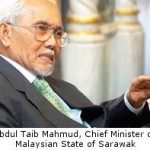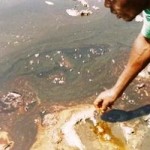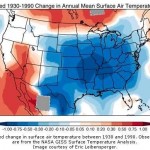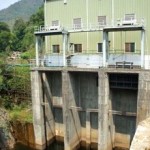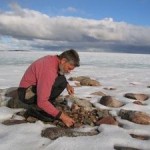Other Key Recommendations in the Report
- In livestock management, adopt techniques that can improve both ecosystem services and livelihoods from farming. Such strategies include: rotating livestock herds, using manure fertilizer, managing crop residues for livestock feed and choosing climate-appropriate breeds and size of herds
- Include regulating and supporting ecosystem services (e.g., water purification, disease regulation) in local and regional water management agendas
- Use water management methods that mimic natural water storage, so agricultural water remains linked with the surrounding landscapes
- Integrate forestry into water management efforts to ensure the value of forest ecosystems are accounted for in landscape water use
- Expand Integrated Water Resource Management (IWRM) practices to manage water productivity for ecosystem services in various landscape uses, especially from fishing and livestock grazing
Launch of UNEP Ecosystem Management Tools
UNEP is also launching a set of three manuals to enable policymakers and water practitioners to incorporate ecosystems approaches in the management of water resources. The publications aim to address a lack of awareness and the limited data available on this issue, and to enable decision-makers to use a policy approach to effectively stop and reverse the degradation of ecosystems.
1) Ecosystem Management: Concept for Local-Scale Implementation
Based on collaboration with more than 20 experts from 14 institutions worldwide, this manual aims to improve the understanding of ecosystems structure, function and services among water catchment managers and other practitioners. The 18 modules consist of short presentations and practical exercises that allow participants to apply the concepts to their everyday work in managing water resources.
2) Integrated Water Resources Management for Small Island Developing States (SIDS)
Integrated Water Resources Management (IWRM) is a process of sustainable developing, allocating and monitoring the use of water towards social, economic and environmental objectives. This resource book, which contains a wide range of case studies and best practices, examines how IWRM can be applied to small island developing economies and puts forward a Planning Cycle and Methodology to assist organizations or individuals dealing with watersheds, catchments or coastal zone management.
3) Comprehensive Option Assessment
This training manual targets government officials and others working on large infrastructure projects. It supports ongoing efforts to consider environmental and social factors on an equal footing with more traditional technical and financial concerns when undertaking such projects. The manual highlights key issues and principles that support the sustainable development of infrastructure – especially in Africa and other developing regions.
Details of the Report:
Source: UNEP.

